New “lassoing” technique has never been seen before in snakes.
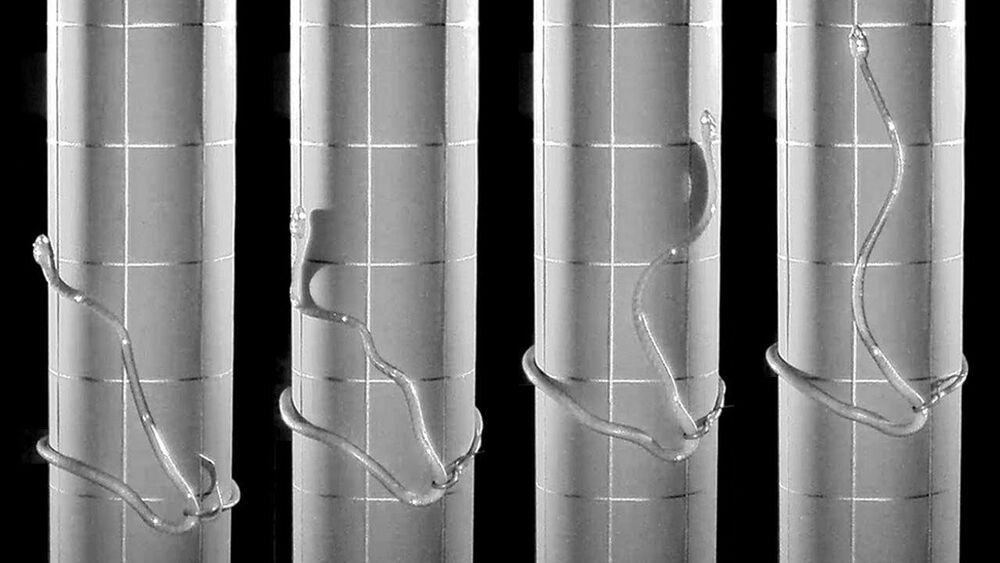

New “lassoing” technique has never been seen before in snakes.
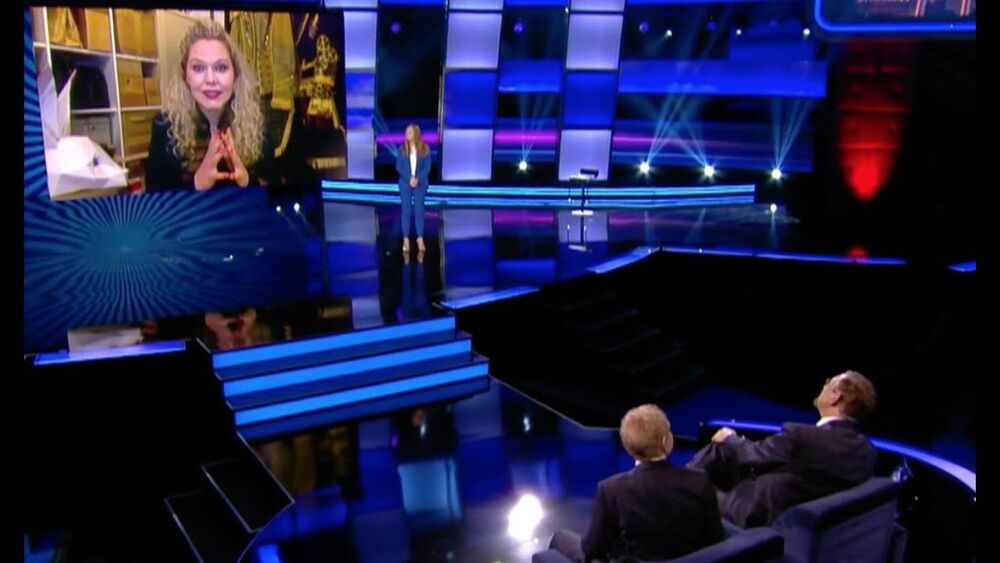
Here is some really good magic for everyone ✨: 3.
Magic written and performed by: Malin Nilsson.
Magic assistant: the amazing Nour.
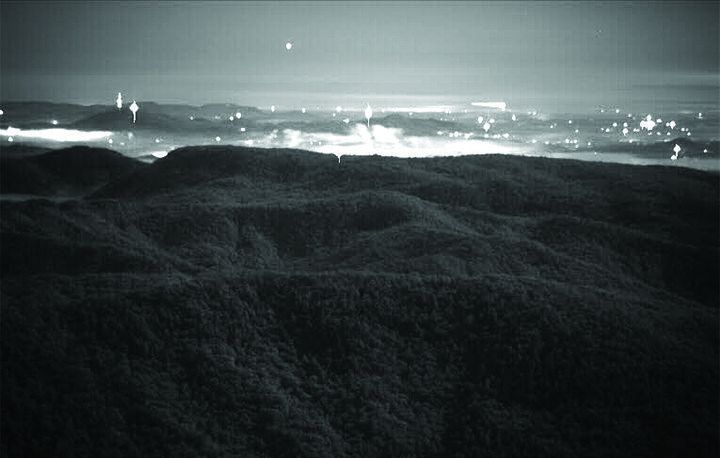
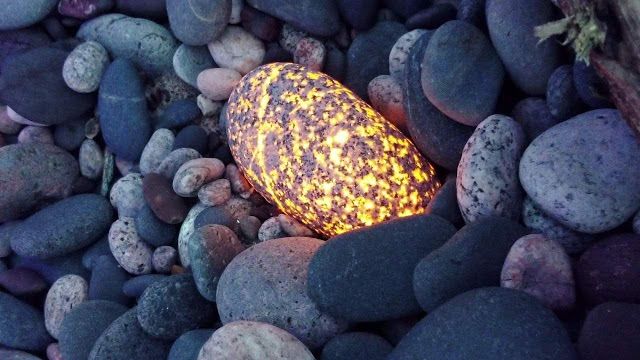

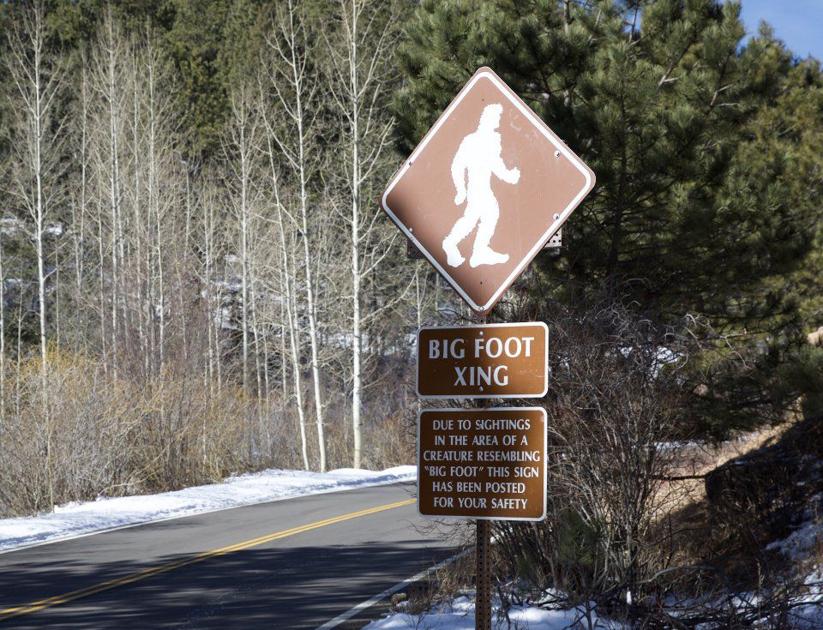
Circa 2020 o.o!
Believe it or not, Bigfoot has been reportedly spotted in Colorado more than 100 times in recent years, including one notable daylight spotting that occurred in Summit County, Colorado.
During this summer 2019 spotting, a daytime hiker was taking a break near an old log cabin in the area of Mayflower Gulch near Frisco when he spotted something odd at about 11000 feet of elevation. He reports seeing a large bipedal creature attempting and failing to climb a 20-foot high snow wall. After the failed attempt at scaling the barrier, the creature moved on and out-of-sight.
The hiker was joined by two others to conduct a search of the area. During this search, the group was able to locate prints in the snow, including large hand prints and foot prints, which were photographed. That being said, they were unable to again locate the actual creature.
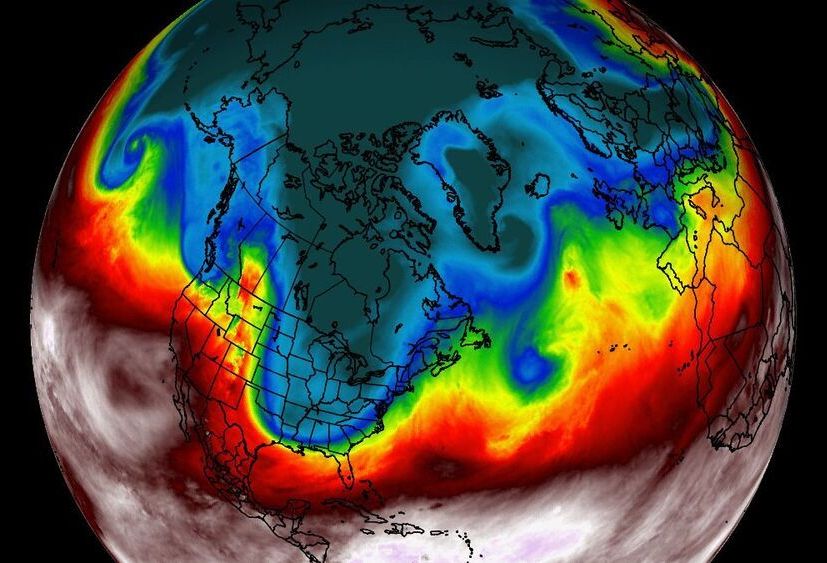
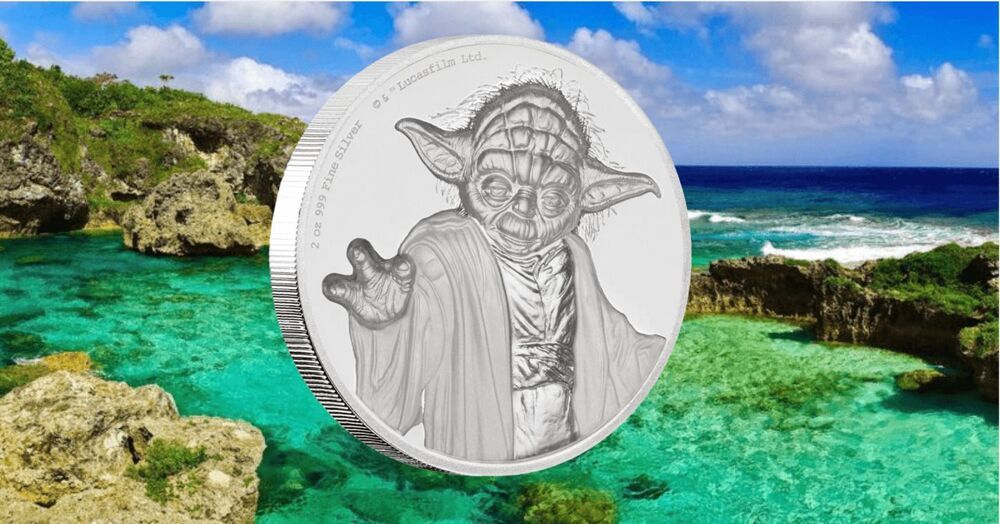
If you’ve never heard of the small island nation of Niue — which is associated with nearby New Zealand’s currency mints (this will be important momentarily) — you aren’t alone.
Related: How Much Money is in the Fountains at Disney World?
The country, whose official tourism website features the following description, offers a slice of untouched paradise to travelers from around the world:
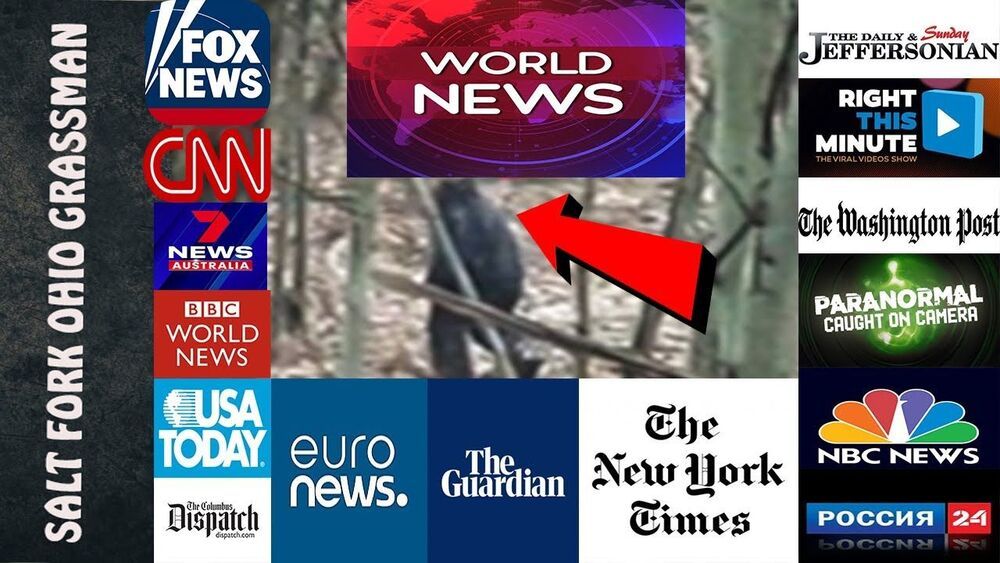
It was just a leisurely walk in the woods — one they’ve done many times — but this time was different. This time, they spotted something that they say they’ll never forget.
It was Jan. 12 when two Ohio men found themselves staring at what they say resembled Bigfoot or Sasquatch in Salt Fork State Park.
“Should we even be here?” said Eric, one of the two men. Eric did not want his last name revealed.
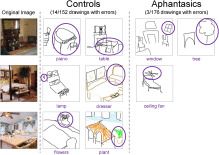
Congenital aphantasia is a recently characterized variation of experience defined by the inability to form voluntary visual imagery, in individuals who are otherwise high performing. Because of this specific deficit to visual imagery, individuals with aphantasia serve as an ideal group for probing the nature of representations in visual memory, particularly the interplay of object, spatial, and symbolic information. Here, we conducted a large-scale online study of aphantasia and revealed a dissociation in object and spatial content in their memory representations. Sixty-one individuals with aphantasia and matched controls with typical imagery studied real-world scene images, and were asked to draw them from memory, and then later copy them during a matched perceptual condition. Drawings were objectively quantified by 2795 online scorers for object and spatial details. Aphantasic participants recalled significantly fewer objects than controls, with less color in their drawings, and an increased reliance on verbal scaffolding. However, aphantasic participants showed high spatial accuracy equivalent to controls, and made significantly fewer memory errors. These differences between groups only manifested during recall, with no differences between groups during the matched perceptual condition. This object-specific memory impairment in individuals with aphantasia provides evidence for separate systems in memory that support object versus spatial information. The study also provides an important experimental validation for the existence of aphantasia as a variation in human imagery experience.